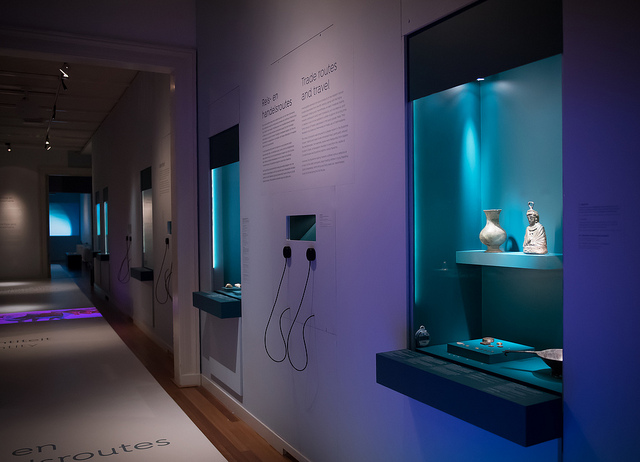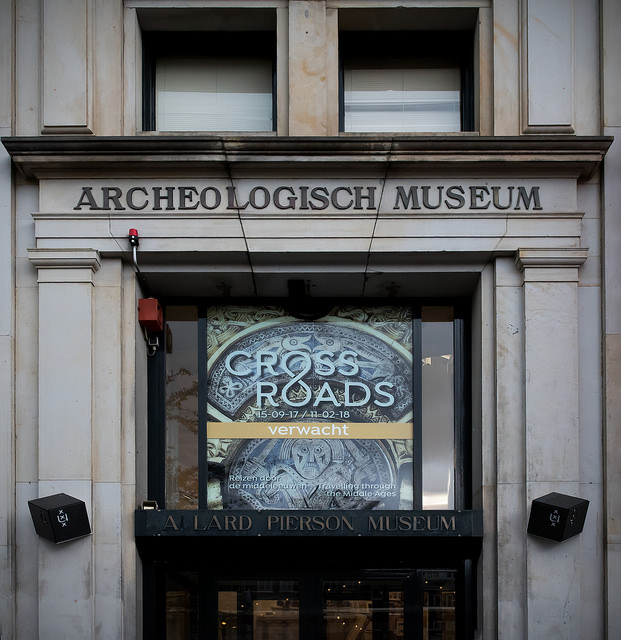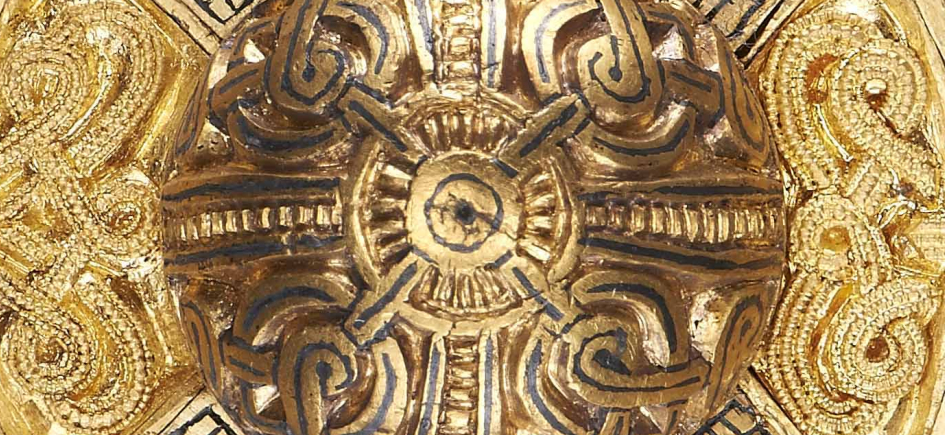
From 15th September 2017 to 11th February 2018 the Allard Pierson Museum, Amsterdam is hosting an exhibition entitled Crossroads. Travelling through the Middle Ages. The exhibition features a wide variety of unique objects from all over Europe, from the period popularly known as 'The Dark Ages'. Crossroads throws new light on this misconception, presenting a fascinating image of migration, contact and exchange – of the birth of Europe.

The exhibition is the result of the cooperation of ten European countries within the framework of the EU-funded CEMEC - Connecting Early Medieval European Collections project, in which Hungary is represented by the Hungarian National Museum, aided by the expertise of the Institue of Archaeological Sciences of the Eötvös Loránd University, Budapest. CEMEC may already be familiar to Hungarian visitors through the show Avars Revived hosted by the National Museum in Spring 2017 as a warm-up for the Amsterdam Crossroads exhibition.
In the Early Middle Ages, Europe was a place of great change and mobility. The influence of ancient civilisations continued to be felt, while at the same time, new religions from the Middle East began to take hold. After the fall of the Western Roman Empire in 476, entire populations were on the move. This dynamism brought a huge amount of cultural exchange and diversity. The countless beautiful objects from every corner of the continent that can be seen in Crossroads are not only a testimony to the plural identity of Europe, but also to the mutual influence in different spheres: religious, cultural and material.

Beside the artefact branding the image of the Amsterdam exhibition, the gilded buckle from a female grave of the Pannonian Avars in Kölked-Feketekapu portraying a fierce Germanic god, visitors to the exhibition can see objects ranging from a sarcophagus carved to contain an Early Christian saint from Syria to a tenth-century diadem of gold and skilfully worked glass representing the Muslim Umayyad Caliphate in Spain.
Early medieval travellers provide the connection between the themes and the objects of the exhibition. The travellers – actual historical figures – tell their story in an introductory film and the publication accompanying the exhibition, and feature throughout the exhibition itself. Digital applications provide more in-depth information: holographic boxes are used to add digital content such objects as the Kölked belt buckle and brooch as well as the sword of the Avar chief from Kunágota, and visitors can access a Cross Culture Timeline to focus on a particular object and request extra details.
Being true to its name, the Crossroads exhibition will travel on after its finissage in Amsterdam on 11th February 2018, to be reopened in Athens in Spring 2018 and Bonn in Autumn 2018, and more European stations are being planned by the CEMEC Coordinators.
Check out more details and the introductory film of the Crossroads exhibition of facebook:
https://www.facebook.com/CrossroadsExhibition/









